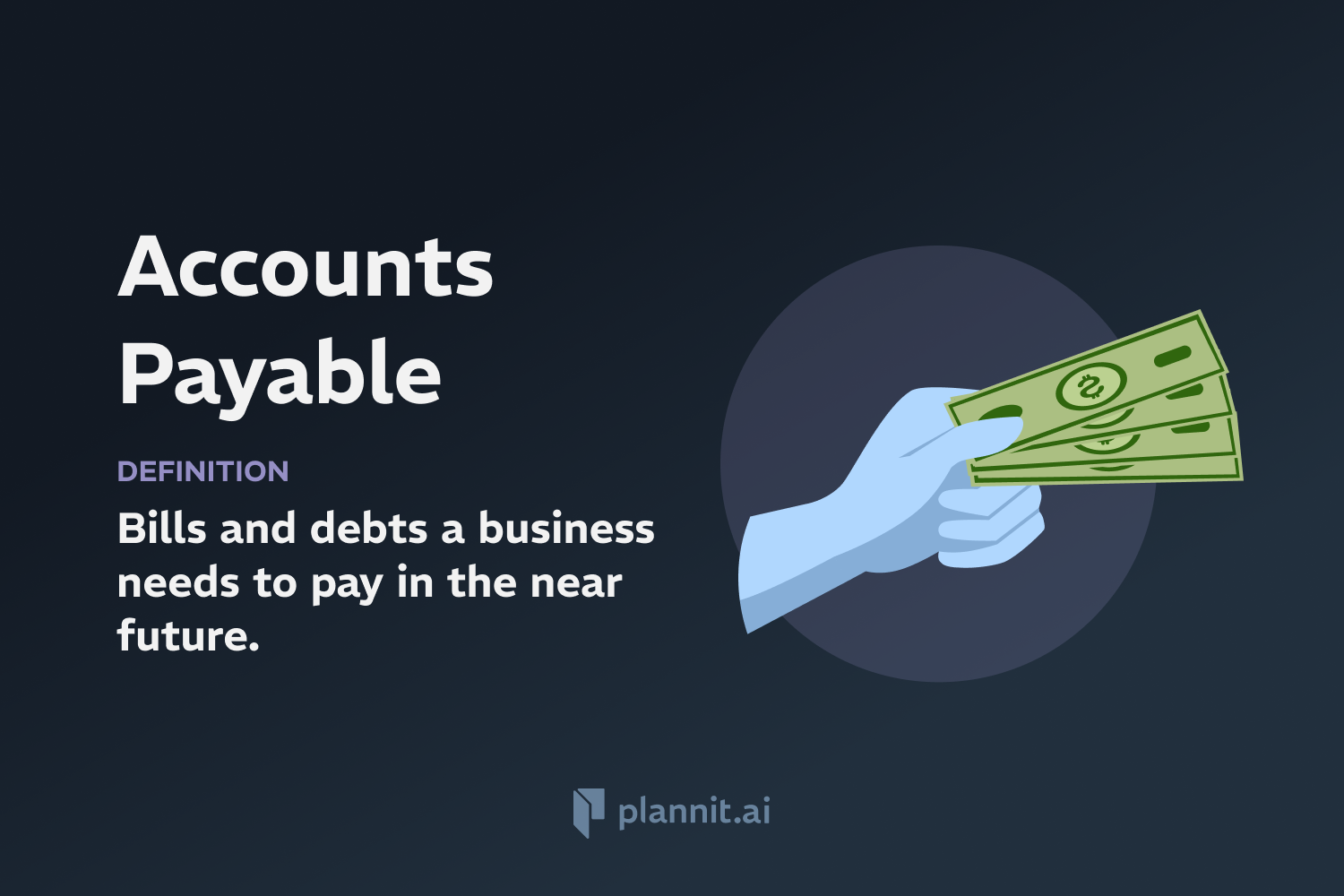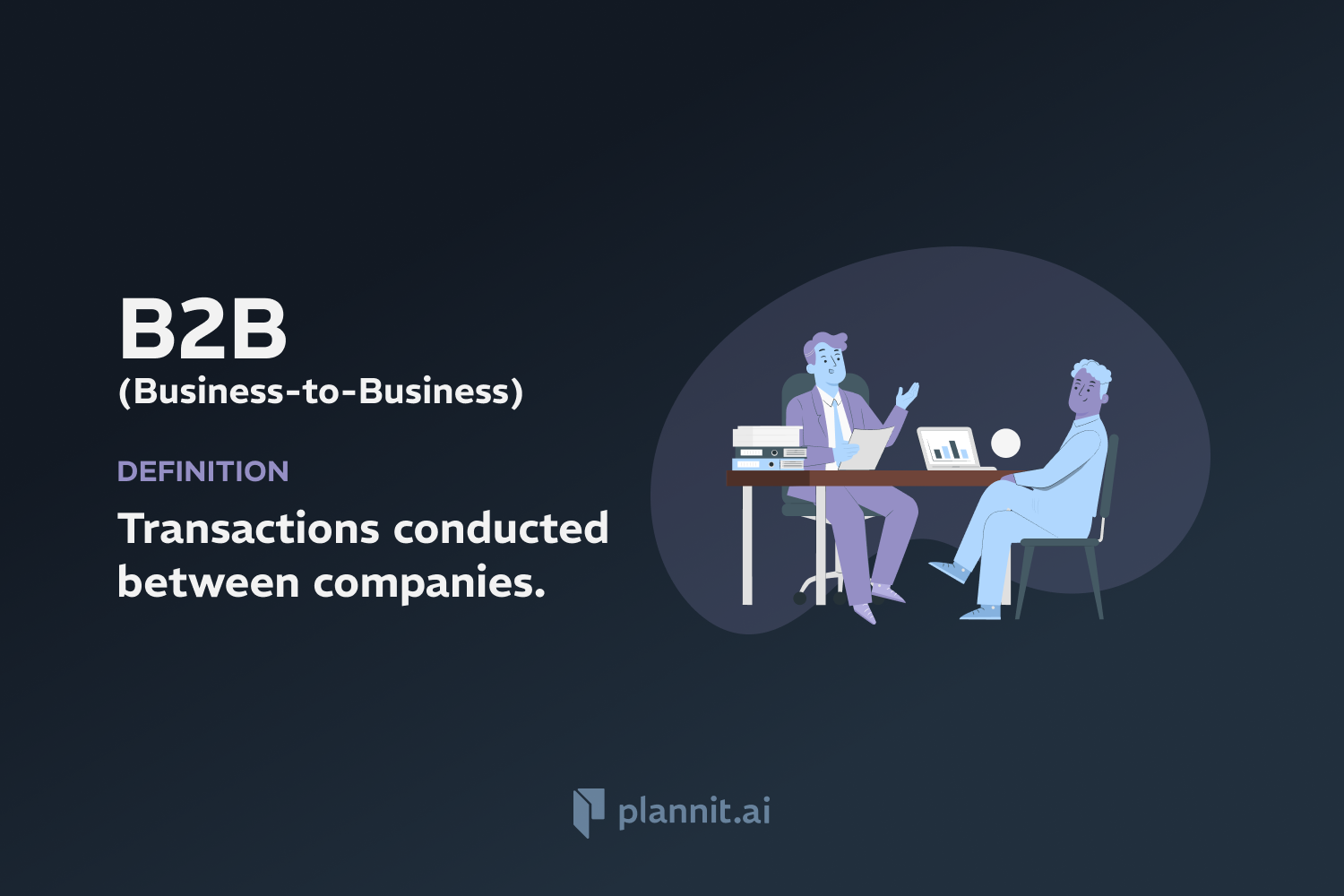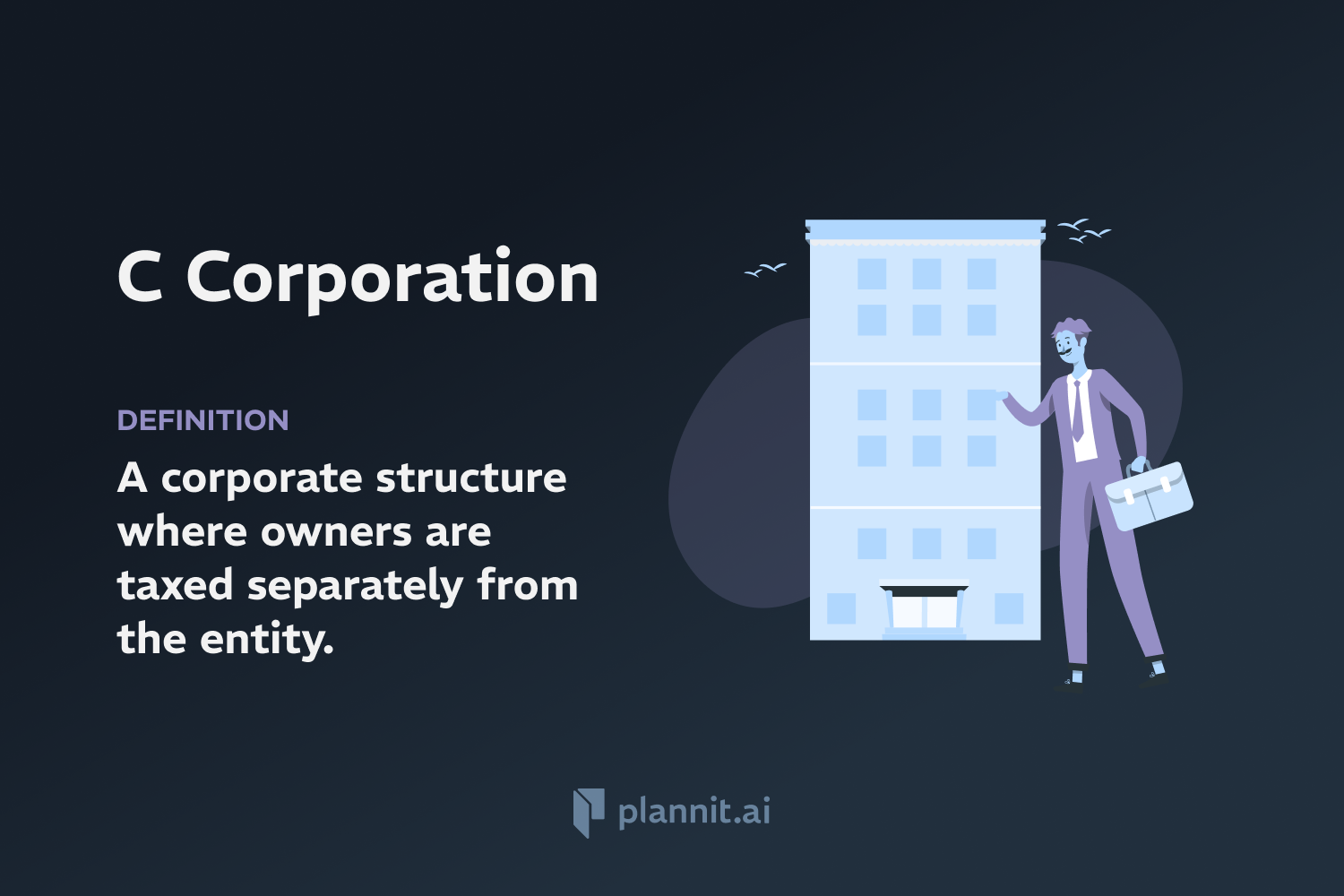Need Help With Your Business Plan?
Answer tailored questions and get a detailed business plan in minutes.
Executive Summary: Definition & In-Depth Explanation
An executive summary is a concise overview of a larger document, report, or proposal. It highlights the main points, essential data, and conclusions, providing readers with a brief synopsis of the content without requiring them to delve into the full document. It is typically the first section of a business plan, research report, or any comprehensive document intended for managerial levels or busy stakeholders.
Purpose:
The primary purpose of an executive summary is to summarize the key elements of a larger document to allow the reader, particularly an executive or decision-maker, to quickly understand its overall content and make informed decisions based on this overview. It helps capture the interest of the reader and convinces them of the document’s value, urging further reading or action.
Example:
In a business plan, the executive summary might include a brief description of the business concept, key financial information, a summary of the market analysis, and the main objectives of the business plan. It should convey the essence of the business venture and its strategic direction, helping potential investors or partners grasp the business opportunity and the plan for realizing it.
Related Terms:
Abstract: A brief summary of a research article, thesis, review, or other in-depth analysis, focusing on the research objectives and major conclusions.
Business Plan: A detailed document that describes the future path of a business, outlining the business model, operational strategy, and expected financial performance.
Proposal: A document suggesting a course of action or pitching ideas or projects, often with the aim of gaining approval or funding.
Stakeholders: Individuals or groups that have an interest in any decision or activity of an organization, including shareholders, employees, customers, and suppliers.
FAQs:
What should be included in an executive summary?
An executive summary should include the problem statement, methodology, key findings, conclusions, and recommendations. It should be clear and concise, typically not exceeding one page.
How long should an executive summary be?
Ideally, an executive summary should be one to two pages long, depending on the length of the document. It needs to be succinct while reflecting the complexity and scope of the document.
Can an executive summary stand alone?
Yes, an executive summary should provide enough information to stand alone as a coherent piece without requiring the reader to refer to the main document for clarification.
Who reads an executive summary?
Executives, managers, potential investors, and any stakeholders who need to quickly understand the gist of a document without going through the entire content.
How is an executive summary different from an introduction?
Unlike an introduction, which sets up the document’s purpose and previews its contents, an executive summary provides a complete overview, including the conclusion and recommendations. It should convey the essence and the most crucial points of the document succinctly.
Get funding with a business plan that will impress investors.
Starting a New Business?



